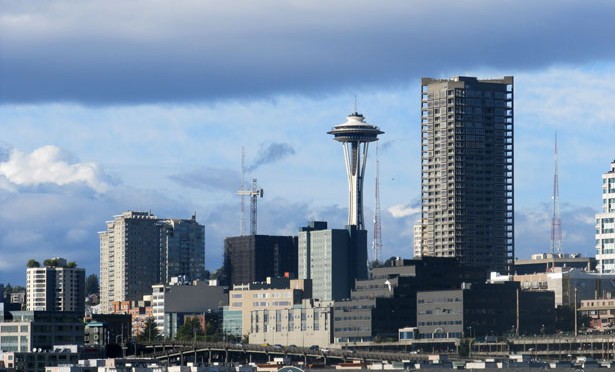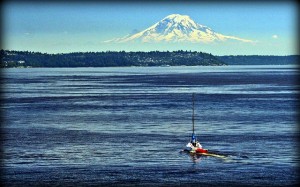 Supplementary whole-house use of rainwater in an urban environment is more complex than collecting for potable use in a rural environment. In a rural environment, there is typically more room for storage, allowing the homeowner to store more water than that in an urban setting.
Supplementary whole-house use of rainwater in an urban environment is more complex than collecting for potable use in a rural environment. In a rural environment, there is typically more room for storage, allowing the homeowner to store more water than that in an urban setting.
The larger question, however, is – what is landing on my roof and how do I know my collected water will be safe to drink?
In a rural setting, organics are what you need to filter out before the water is to be disinfected and considered potable. A sediment filter, followed by a carbon filter prior to ultraviolet disinfection can achieve this. Bird droppings are the primary concern in this situation.
In an urban environment, other constituents coming in contact with your roof may need to be addressed. Consider where your home is located. Environmental considerations such as automobile and truck emissions can have an impact on your roof runoff and must be removed with proper filtration. Pesticide use is more likely to be encountered in an urban setting than a rural environment. Simple sampling and laboratory testing should be conducted of raw water so proper filtration can be used to eliminate possible contaminants.
Urban potable usage of roof top collected water can be achieved with the proper filtration as with any rural potable system as long as the right filtration is used.
Photo: Julie Gentry





 RainBank Rainwater Collection Systems principal Ken Blair is pleased to be a member of the
RainBank Rainwater Collection Systems principal Ken Blair is pleased to be a member of the